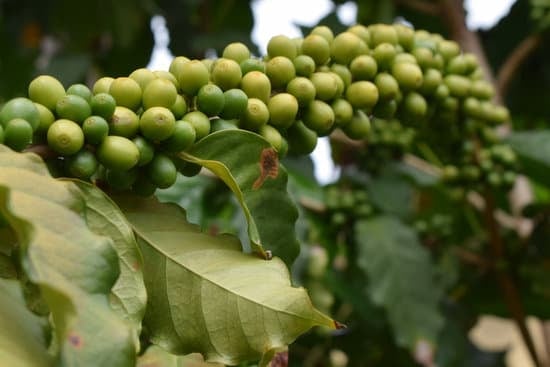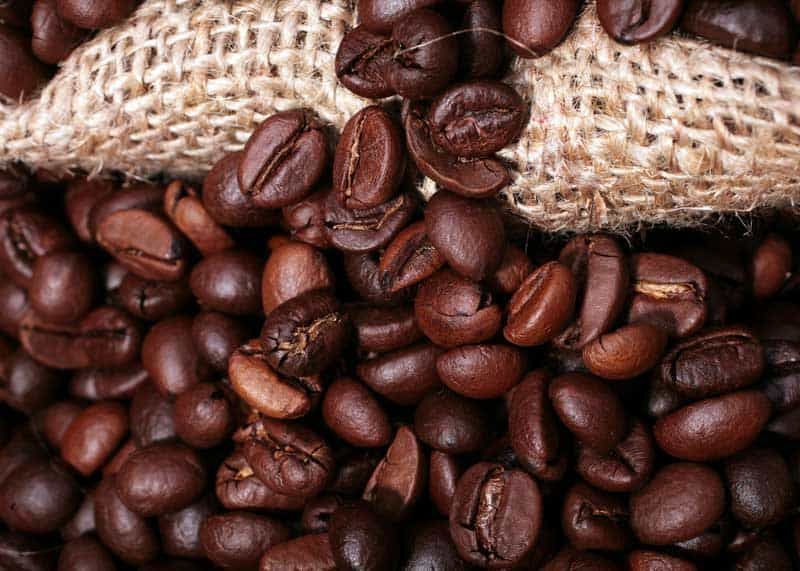While new hybrids may promise higher yields or resistance, heirloom coffee varieties boast pedigree and intricacy of flavor that dedicated farmers continue growing and fanatical roasters pride sourcing. Appreciate what makes these OG beans such celebrities in coffee’s gourmet ranks.

Geisha
Geisha coffee stands as a testament to its remarkable journey and unique attributes, originating from Ethiopia’s coffee forests in the 1930s. Its key migration began with the transfer to the Lyamungu research station in Tanzania, followed by its arrival at the Centro Agronómico Tropical de Investigación y Enseñanza (CATIE) in Central America in 1953, where it was catalogued under the designation T2722.
Despite its transfer across continents, Geisha encountered limited adoption due to the fragility of its branches, a feature noted during its distribution throughout Panama via CATIE in the 1960s. However, its resilience to coffee leaf rust captured attention within the industry.
In 2005, the Peterson family of Boquete, Panama, participated in the “Best of Panama” competition with a unique variety of Geisha. This event turned out to be an important moment for Geisha, as it surpassed everyone’s expectations and received widespread acclaim. The coffee set a new standard by fetching prices that exceeded $20 per pound, marking a historic milestone.
The confusion surrounding Geisha’s identity stems from the existence of multiple genetically distinct variations traced back to Ethiopia. Recent genetic analyses by World Coffee Research have conclusively differentiated the Panamanian Geisha, descendant from accession T2722, for its distinct and consistent attributes.
Particularly, when cultivated at higher altitudes with meticulous care, it exhibits an exceptional cup profile characterized by delicate floral notes reminiscent of jasmine and peach aromas.
The lexical ambiguity between “Geisha” and “Gesha” further complicates its nomenclature, owing to challenges in transliterating Ethiopian dialects into English. While the spelling “Geisha” predominates in coffee industry records and research, there’s a growing advocacy for the spelling “Gesha” among purists, influenced by the Ethiopian place name, often rendered as “Gesha” in English.
Typica
Most coffee varieties grown today originate from Typica, the foundational Arabica type first transported from Yemen to Indonesia by Dutch colonists in the 1700s. As colonial empires expanded, Typica’s cultivation spread as well. It passed on its sweetness and smooth, layered flavors to many descendant hybrids that came to dominate global production. Yet Typica remains beloved by specialty roasters for those same flavor qualities and subtleties. Though other genetic lines now greatly outnumber it in scale, savoring Typica provides a window onto the primal building blocks underlying all contemporary coffee.
Bourbon

Bourbon earned its reputation from its very first plantings on the island of Réunion in the Indian Ocean. Neither mixed hybrid nor overly delicate heirloom, its reliable balance of body, bright acidity and lingering sweetness makes it a roaster’s dream for dialing in perfect blends. Tracing its heritage to Typica but exhibiting more concentrated flavors and higher yield, Bourbon became the choice coffee of Brazil – today responsible for over half of global Arabica output! Taste why over two centuries on, unblended Bourbon remains a sumptuous showcase.
Maragogype
Just uttering its name elicits intrigue – but just why are Maragogype’s green beans triple the typical size? Its atypically large leaves and fruit mirror its oversized translucent seeds, looking like swollen citrus fruits sprinkled amidst the tree’s typical cherries. Originally from Maragogipe Brazil, its pasta pot-sized offspring are showing up across Central America too. Flavor-wise, expect clean and gently floral yet curiously tea-like in some roasts thanks to its ebullient water uptake abilities. But for most roasters, its novelty value and giant bag appeal still outweigh cup quality. Because ultimately, Maragogype is as much a marvel as varietal.





